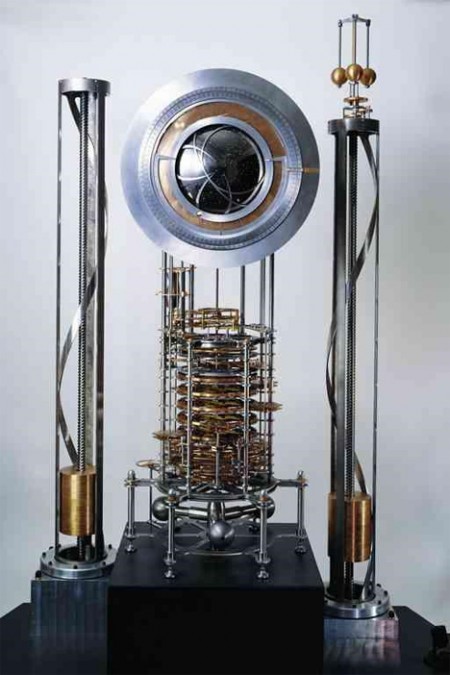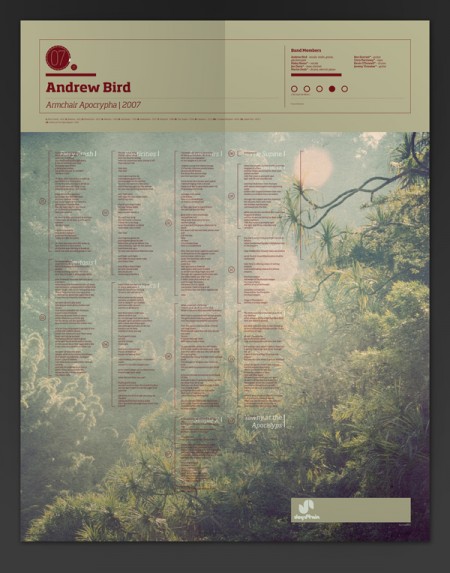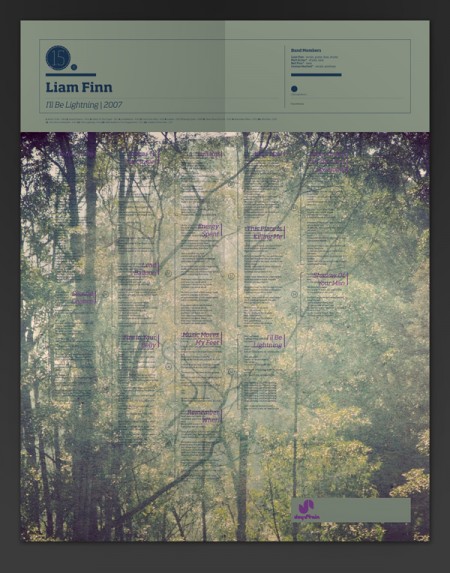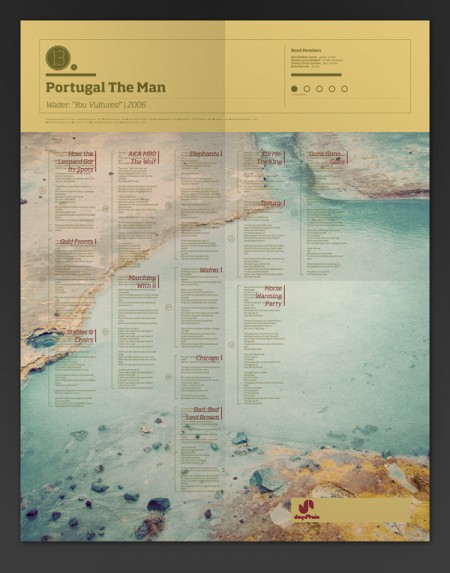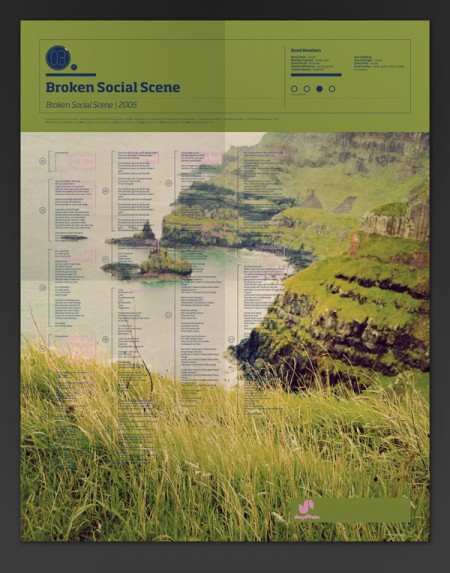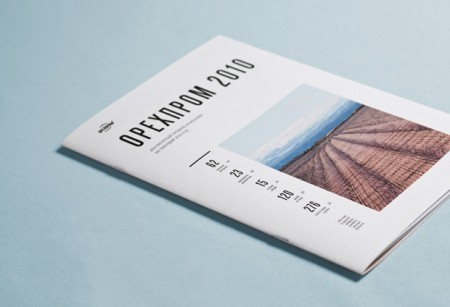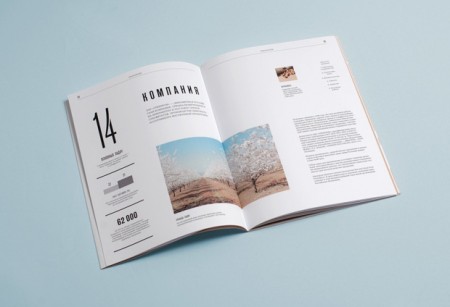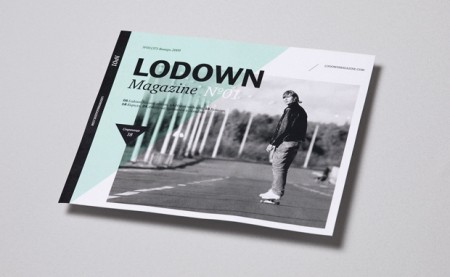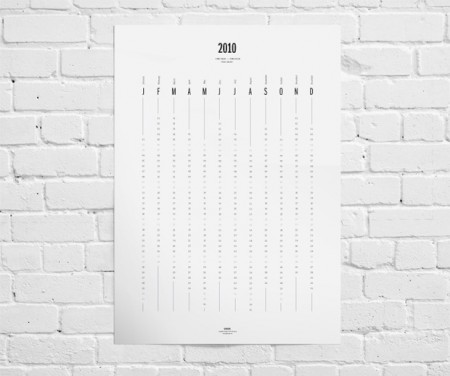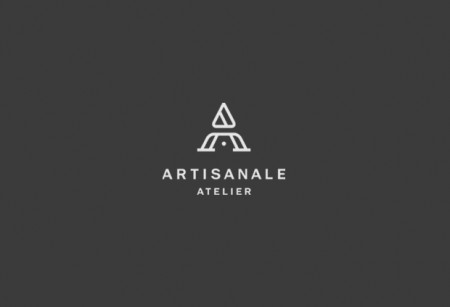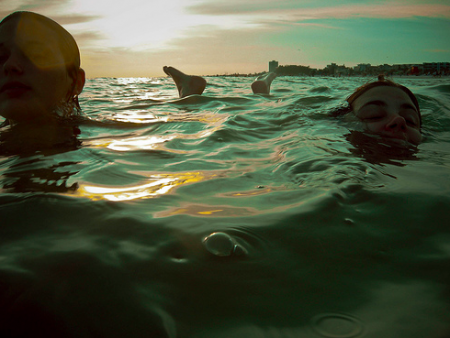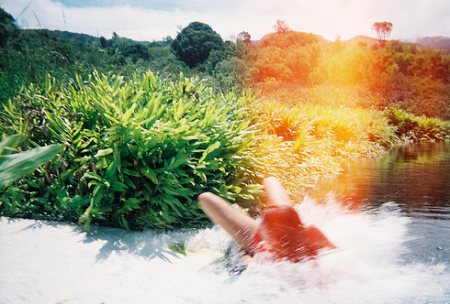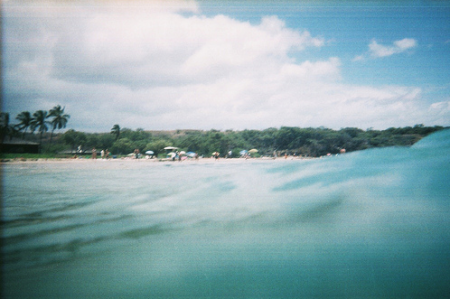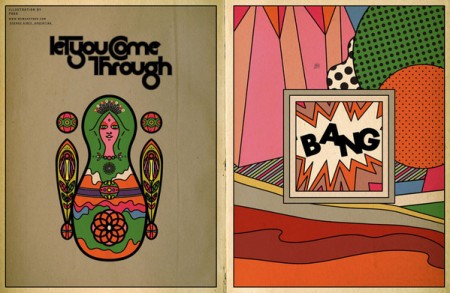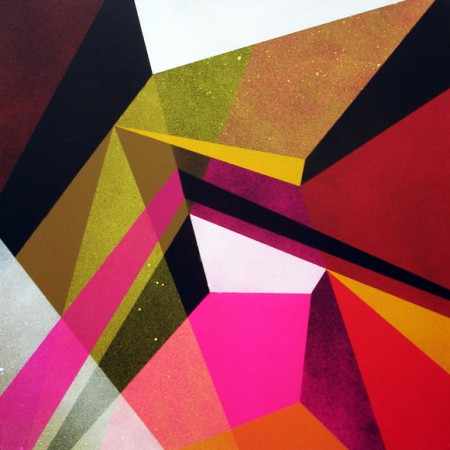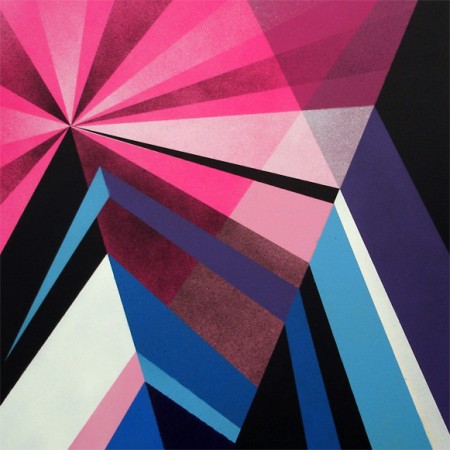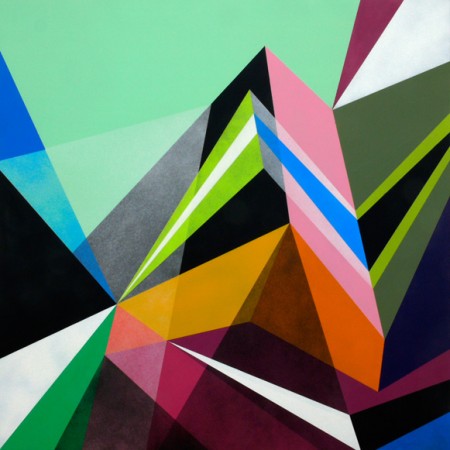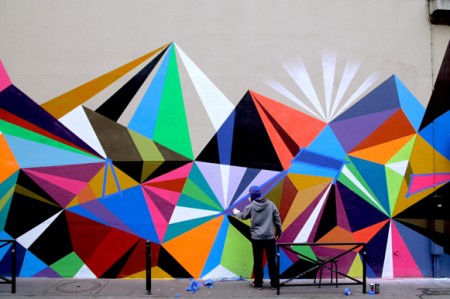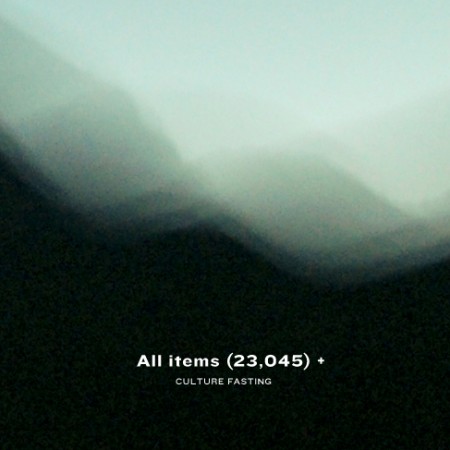
If I neglect my Google Reader for just one day, the contents build up so much that perusing them becomes more tedious than anything else. I blast through them, glancing often at only the tops of images, feeling the need to empty my “New Items” as soon as possible. I suppose I feel required to stay on top of “new things” and “new” designs — lest I become instantly irrelevant for missing a passing trend. Who knows the reason why but I surely never miss a day; my Google Reader stays empty.
Recently I read an article by one of my favorite authors, Alain De Botton. The article was called On Distraction and I found this passage of particular interest:
We are continuously challenged to discover new works of culture—and, in the process, we don’t allow any one of them to assume a weight in our minds.
I coudn’t agree more with this statement. Just think of sites like FFFFOUND, with its endless parade of sourceless and context-void images. How long do you contemplate each? Then again think of sites like this! I am as much a culprit of perpetuating this rapid culture consumption as any other blogger. I write 2-5 times per week about cool work I find, but how long do you (or I) actually spend looking at it? We glance at it, maybe visit the website, but in all likelihood it is in and out of your consciousness in less time than it took me to write the post. I’ll sometimes almost write a post on the same person twice without realizing it (this has only a few times, but is rather indicative of the problem Botton describes).
Botton’s solution to this problem is a period of culture fasting:
The need to diet, which we know so well in relation to food, and which runs so contrary to our natural impulses, should be brought to bear on what we now have to relearn in relation to knowledge, people, and ideas. Our minds, no less than our bodies, require periods of fasting.
Taking his suggestion sounds terrifying at first. It is not something I have ever been able to do by choice — usually its a vacation that puts my Reader so far over the edge that even I can’t J/K shortcut my way out — I have only hit the dreaded “Mark all as read” button a few times. It is something I would like to explore more. I remember when I grew up I was usually only aware of a few artists/musicians at one time, but I dove deep into their catalogs. My understanding of their work was broad and I can still cite examples of how whatever it was continues to influence me.
I don’t know. The article hit home for me and I am curious what you think about it all. As a blogger, I am inclined to defend my profession of endlessly posting work for the world to consume rapidly, but Botton makes a great point that seems to indicate otherwise.
